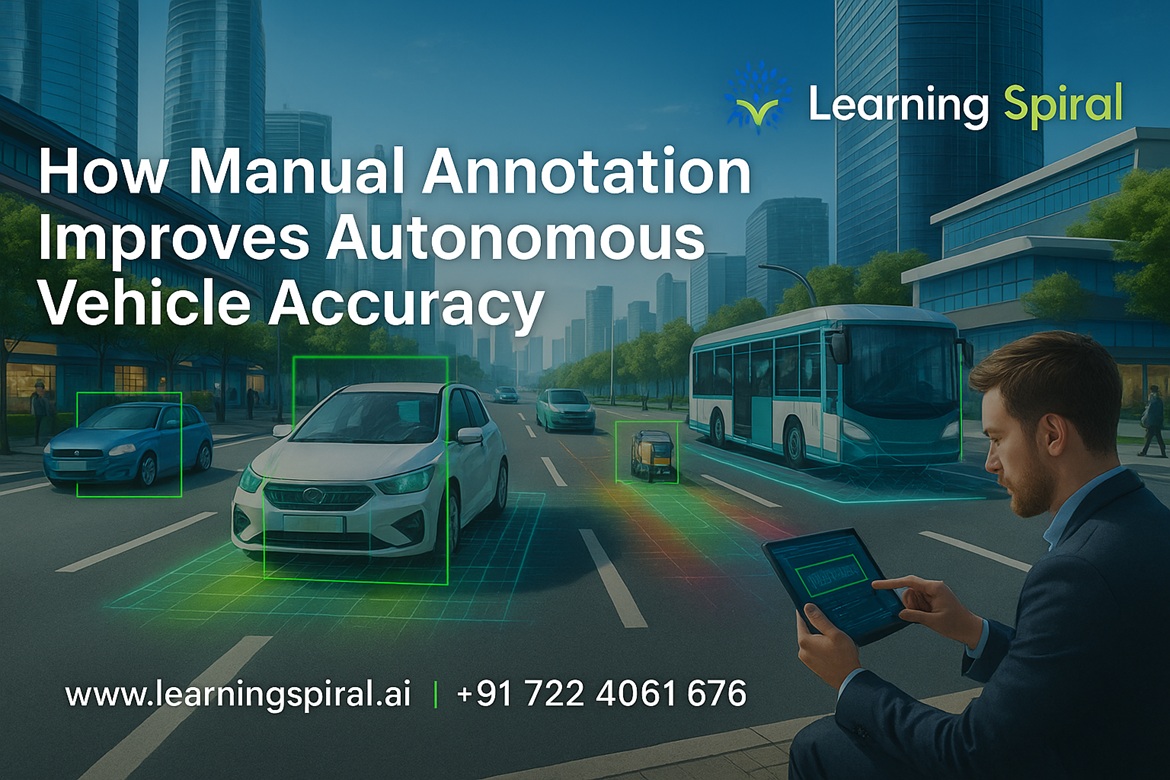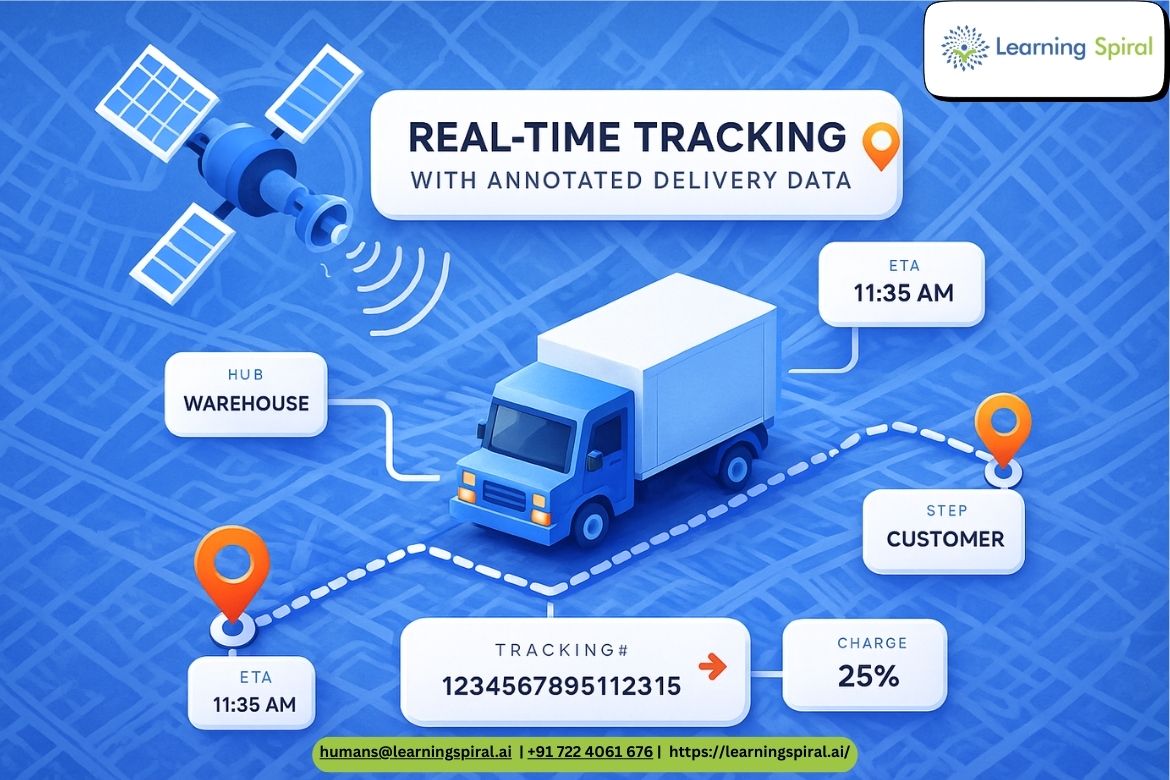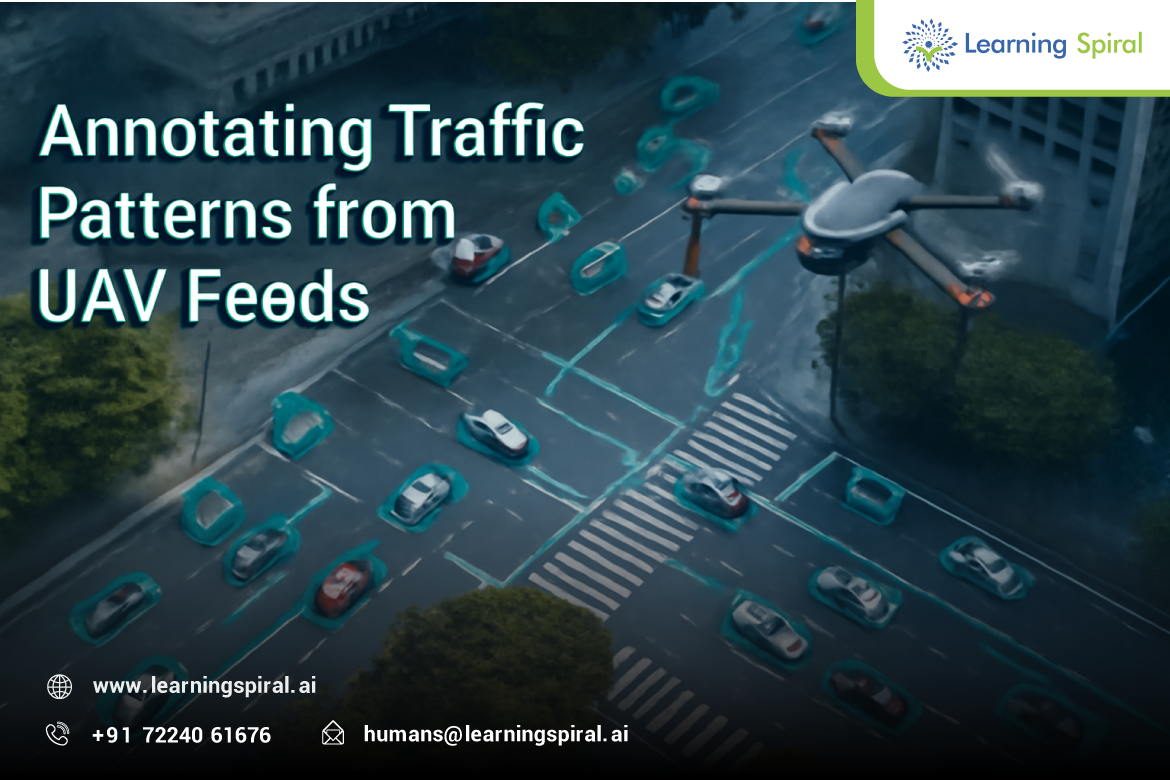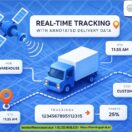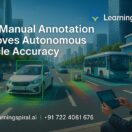Autonomous vehicles (AVs) represent a major leap toward the future of transportation. From self-driving cars to delivery robots and warehouse navigation systems, these intelligent machines depend on advanced machine learning models to perceive and interpret the world around them. However, the performance and safety of autonomous vehicles are only as strong as the quality of the data used to train them.
This is where manual data annotation becomes indispensable. While automated labeling tools and AI-assisted annotation are improving, human annotators remain essential for accuracy, context understanding, and error correction — especially in complex driving environments.
Why Training Data Quality Matters in Autonomous Driving
To operate safely, autonomous vehicles must:
-
Detect objects such as pedestrians, bicyclists, traffic signs, vehicles, animals, and barriers
-
Understand road layouts under varied lighting and weather conditions
-
Predict motion and intent of surrounding objects
-
Follow traffic rules and react to unpredictable human behavior
Each of these capabilities depends on high-quality labeled datasets. If a model receives inaccurate or inconsistent data, it may:
-
Misidentify objects
-
Fail to detect hazards in time
-
Make unsafe driving decisions
Therefore, the quality of annotation directly influences AI model accuracy and public safety.
What Is Manual Annotation?
Manual annotation is the process where trained human annotators carefully review images or videos and label objects with precision. For autonomous vehicle datasets, this often includes:
-
Bounding boxes for vehicles, road signs, and lanes
-
Polygon annotation for irregular shapes like pedestrians or animals
-
Semantic segmentation to classify every pixel in a scene
-
Keypoint annotation for pose estimation and pedestrian movement
-
LIDAR point cloud annotation for 3D environment understanding
-
Event tagging in driving video sequences
Human annotators bring critical judgment and context interpretation that automated tools still struggle to match.
How Manual Annotation Improves Autonomous Vehicle Accuracy
1. Higher Object Recognition Accuracy
Autonomous vehicles must accurately identify objects in real time. Manual annotation ensures:
-
Proper differentiation between similar objects (e.g., stroller vs. shopping cart)
-
Correct visibility labeling under poor lighting or rain
-
Recognition of rare or unexpected objects, such as construction vehicles
This improves computer vision model confidence scores and reduces misclassification errors.
2. Better Handling of Edge Cases
Not all driving situations are predictable. Edge cases include:
-
Unmarked roads
-
Crowded pedestrian zones
-
Sudden road obstacles
-
Snow-covered lane markings
Automated labeling often fails here — but trained human annotators can correctly interpret context and label these complex scenes for model training.
3. Precision in Spatial Understanding
Lane positions, vehicle distances, and object movement paths define safe navigation. Humans excel at:
-
Semantic segmentation of roadway elements (lanes, medians, crossings)
-
Temporal annotation across video frames to show motion
-
Depth and 3D interpretation through LIDAR labeling
This significantly enhances the spatial reasoning of autonomous systems.
4. Improved Safety and Compliance
Safety regulations require extensive testing and validation. Manual annotation supports:
-
Thorough QA review loops
-
Traceable labeling workflows
-
Documented annotation guidelines
This is especially important for research institutes, OEMs, and transportation authorities developing or auditing AV solutions.
When Automated Annotation Alone Isn’t Enough
AI-assisted tools can accelerate labeling, but they often struggle with:
-
Poor lighting or weather (fog, dusk, heavy rain)
-
Occlusions (partially hidden pedestrians or vehicles)
-
Non-standard road structures
-
Rare events and anomalies
In such cases, human review and correction ensure dataset reliability.
Manual Annotation + AI Assistance = Best of Both Worlds
Many organizations now use a hybrid workflow:
-
AI pre-labels the dataset
-
Human annotators review, correct, and refine
-
Quality assurance teams validate consistency
This approach maintains accuracy while improving efficiency — a process that experienced services like Learning Spiral AI specialize in delivering.
Real-World Impact: Key Outcomes of Manual Annotation
| Outcome | Impact on AV Systems |
|---|---|
| Reduced false detections | Safer obstacle avoidance |
| More consistent lane tracking | Smoother navigation |
| Higher prediction accuracy | Reliable motion forecasting |
| Better dataset diversity | Robust performance in varied environments |
High-quality annotation leads to faster model deployment, reduced re-training cycles, and improved AV reliability.
Who Benefits from Manual Annotation?
This approach is crucial for:
-
Autonomous vehicle companies
-
AI research labs and universities
-
OEM automotive manufacturers
-
Urban transportation planners
-
Robotics and smart mobility startups
If your institution is preparing AV models, evaluating real-world test drives, or building simulation environments, expert data annotation is a foundational requirement.
Manual annotation remains a critical driver of accuracy, safety, and trust in autonomous vehicle development. While automation can speed up workflows, human judgment ensures that machine learning models receive context-rich, precise data — especially in unpredictable road environments.
Learning Spiral AI provides scalable, high-precision image, video, and LIDAR annotation services tailored for autonomous driving datasets.
If your team is building or validating AV models, we can help you improve training efficiency and model accuracy.
📩 Ready to enhance your dataset quality? Contact us to discuss your annotation requirements.

